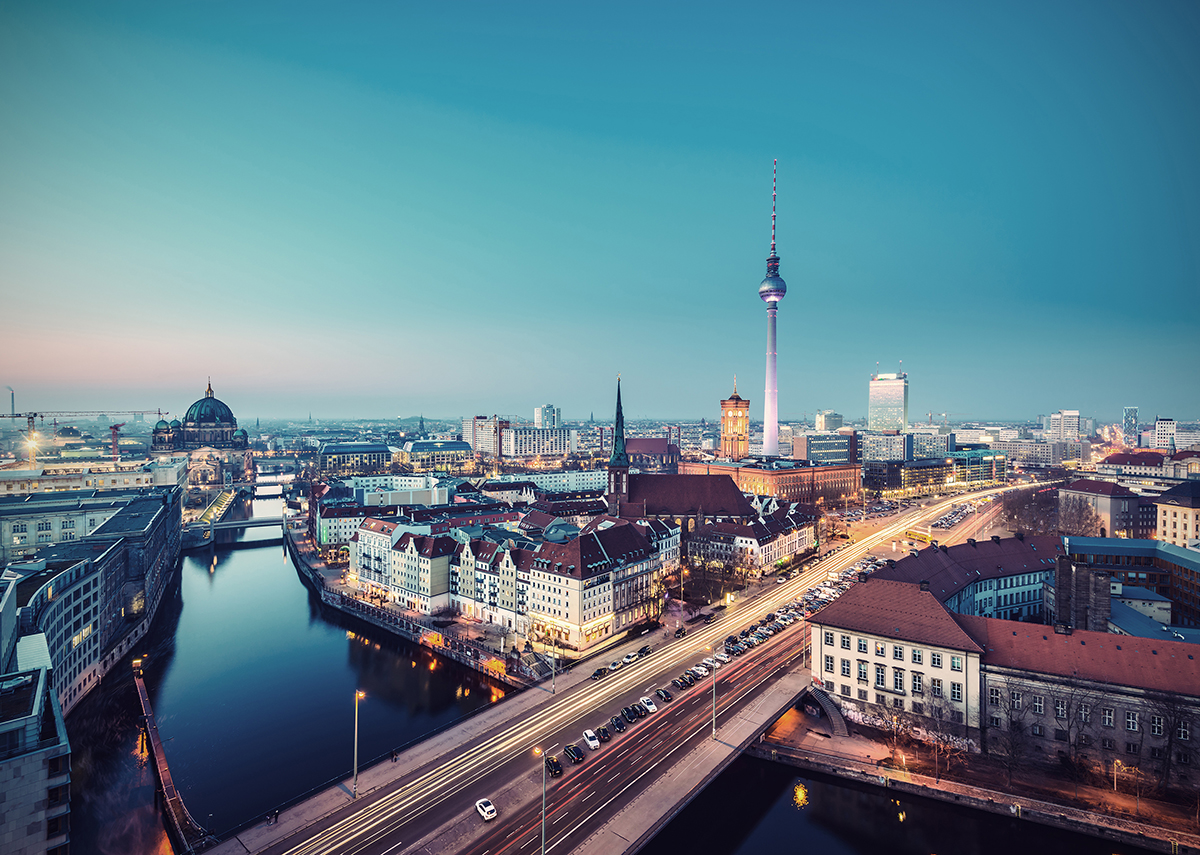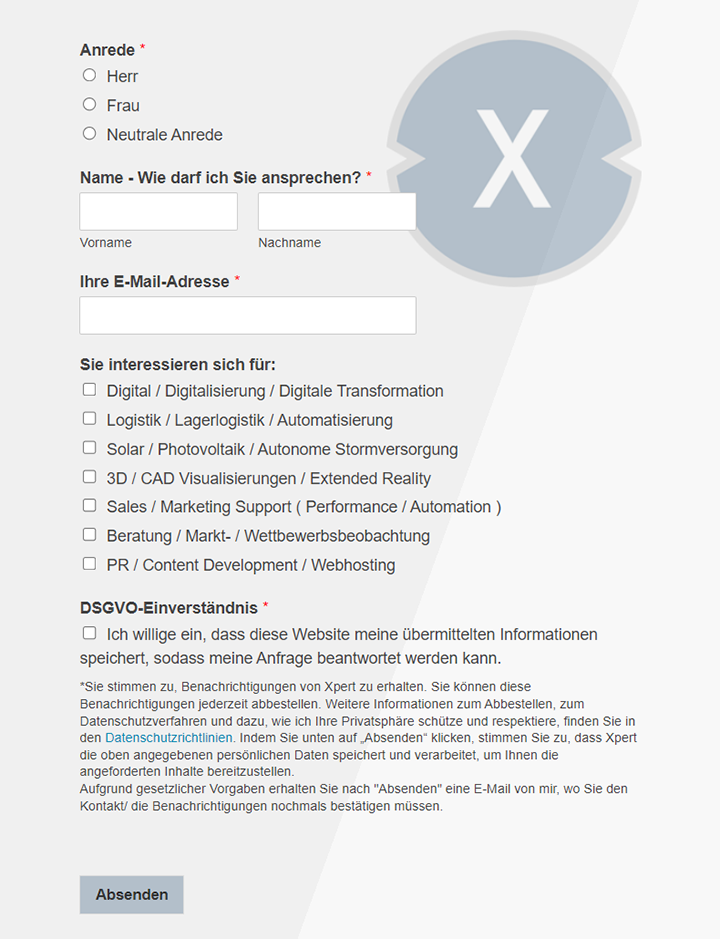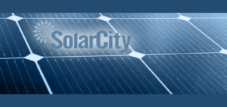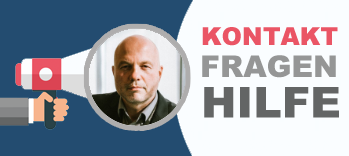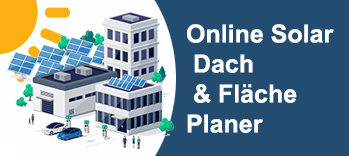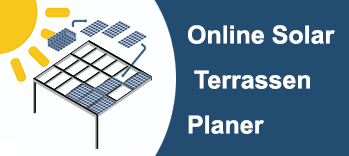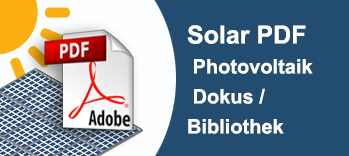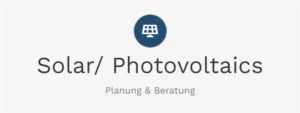More solar systems with the Berlin Solarcity master plan
Language selection 📢
Published on: January 25, 2021 / update from: March 16, 2021 - Author: Konrad Wolfenstein
Solarcity Berlin master plan successfully on track – despite Corona
Berlin has passed a significant milestone on the way to becoming a climate-neutral city. The first monitoring report on the Solar City master plan is available and shows that important milestones have already been passed and the major goal of the solar city can be achieved.

Ramona Pop (Martin Rulsch) 1 , Martin Rulsch, Wikimedia Commons , CC BY-SA 4.0 , CC BY-SA 4.0
Energyator Ramona Pop: “Already in the first year of implementation of the master plan, we got a good deal closer to the solar city. The report makes it clear that with the projects and measures initiated, we continue towards higher production from photovoltaics, despite the Lockdown and Pandemy. With the recent EEG 2021 and the law on solar obligation for new buildings and comprehensive roof renovations in Berlin, we create additional and necessary framework conditions to continuously support solar expansion. ”
For a climate-neutral Berlin in 2050, a share of 25 percent of the electricity needs will come from solar energy. This means: Solar systems with an output of around 4,400 megawatts must be installed on Berlin's roofs. With the Solarcity master plan, the state of Berlin wants to significantly accelerate solar expansion in the capital. To this end, approaches are bundled in 9 fields of action and 27 measures, some of which began to be implemented in 2019 and are being implemented as planned. Since August 2020, the Senate Department for Economic Affairs, Energy and Public Enterprises has been supported by the Masterplan Solarcity coordination office, which from now on carries out implementation monitoring annually. In autumn 2020, all stakeholders reported for the first time on what had been achieved so far based on standardized questionnaires. The results were prepared for the present report.
The first successes include the effective operation of the SolarZentrum Berlin as a place for independent and free advice on all questions relating to the use of solar energy, the Solarwende Berlin web portal with extensive information options on the subject of solar energy and the Energy StoragePLUS funding program. In addition, the state of Berlin has committed itself to improving the legal framework for solar expansion in the form of Federal Council initiatives. Another important milestone was the establishment of the Solarcity Master Plan coordination office as a central contact point for active support and control of the implementation process.
The Solarcity master plan is a measure of the Berlin Energy and Climate Protection Program 2030 (BEK).
The Senate Department for Economic Affairs, Energy and Public Enterprises is the publisher of the report and initiator of the Solarcity Berlin master plan. Further information on the results of the report, monitoring and the Solar City master plan can be found at: www.solarwende-berlin.de/monitoring



